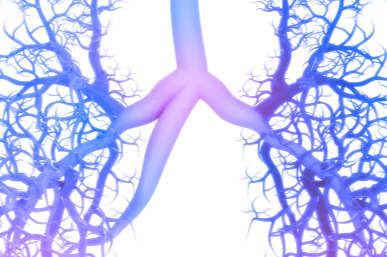
RSV Disease Overview
Quicks links

RSV is the most common cause of acute lower respiratory infection in infants2
Most children have had an RSV infection by 2 years of age3

Immune response after natural RSV infection wanes, and re-infection occurs throughout life.4,5

Older adults are at risk of severe infection and associated complications due to age-related decline in immunity6
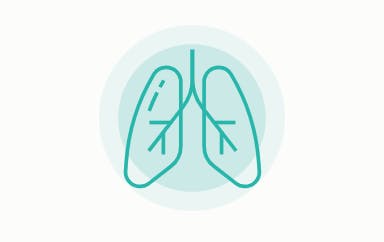
Adults with chronic heart or lung disease, or those with weakened immune systems are at increased risk of severe RSV infection6
Initial stages of infection are facilitated by two surface glycoproteins7
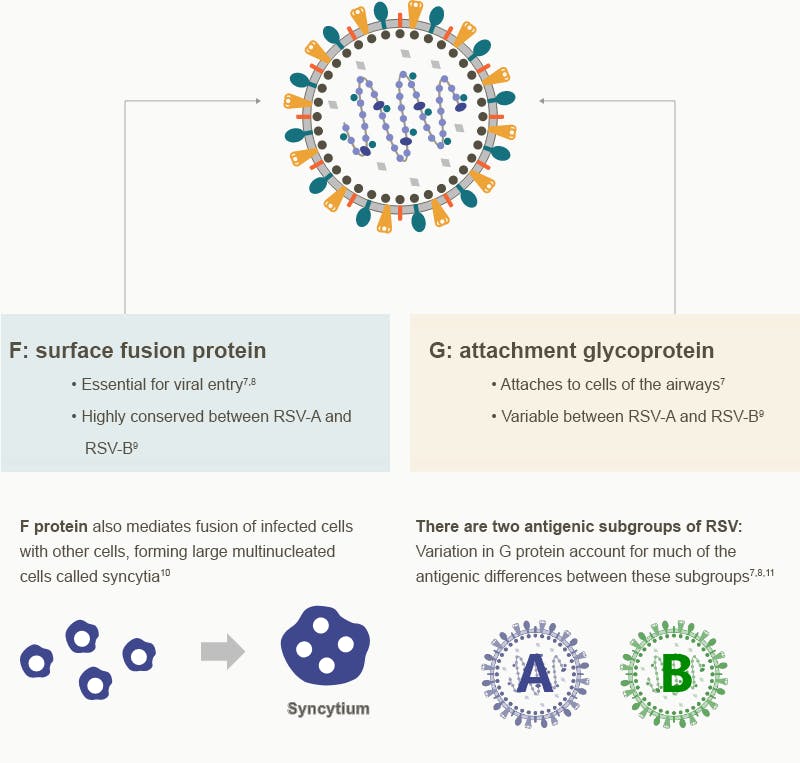
RSV is a contagious virus with multiple routes of transmission12
People infected with RSV are usually contagious for 3 to 8 days.12 Within families, RSV has been shown to spread rapidly, with older siblings or parents the most likely source of infant RSV infections.13-14
There are multiple routes of transmission12:

Coughing or sneezing spreads virus-filled droplets that then come into contact with other peoples’ noses, mouths or eyes

Direct contact with nasal or oral secretions from infected people

Indirect contact with nasal or oral secretions from infected people; RSV can survive on hard surfaces for many hours

Typically, RSV infections in adults result in mild, cold-like symptoms which may be indistinguishable from those of other respiratory infections.15,16
Frequency of clinical manifestations of respiratory viral infections in older adults, by virus17*
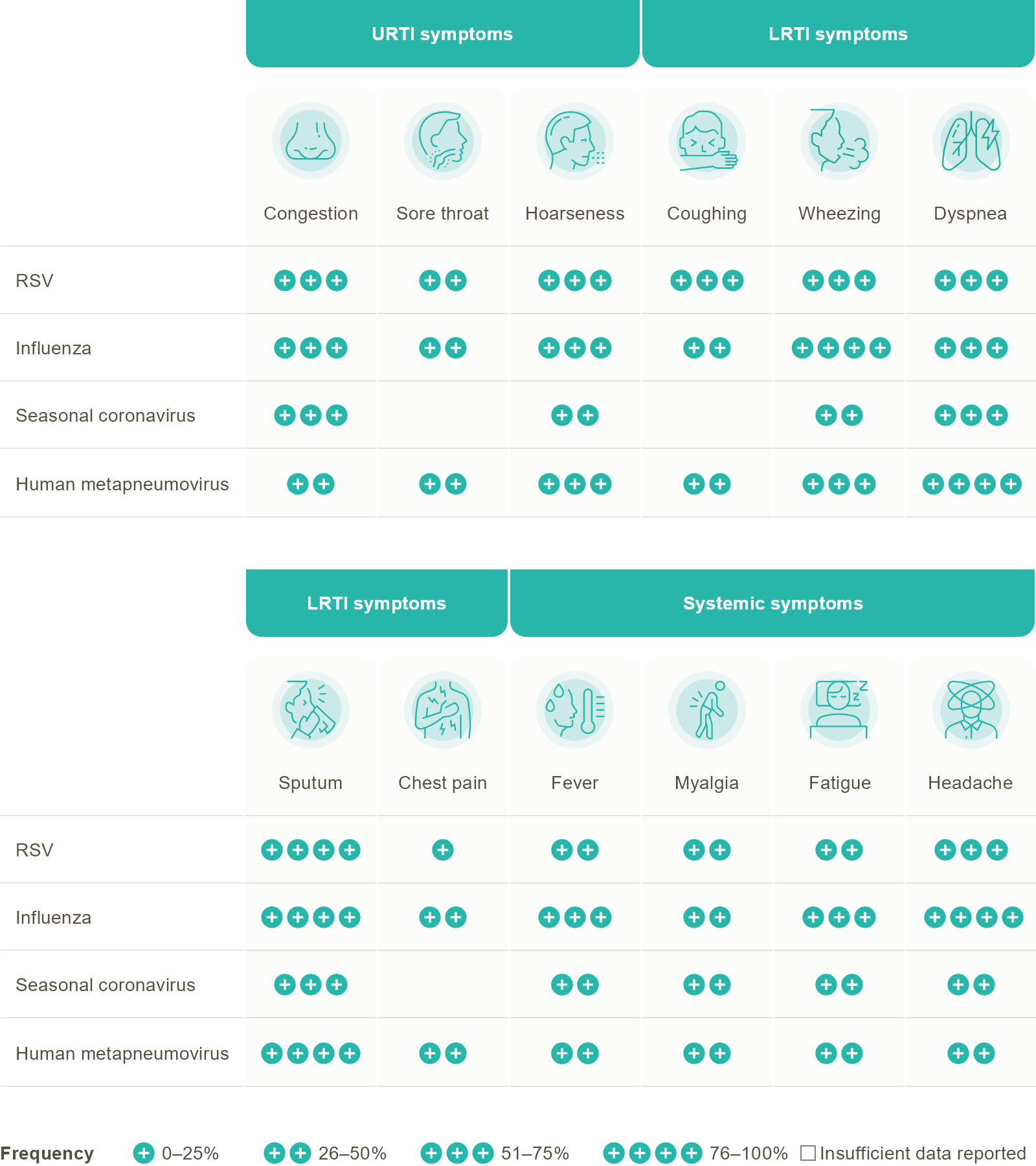

*These results were published by Kodama F et al. 2017.17 The table was independently created for GSK from the original data
However, RSV can lead to serious conditions, such as:6,15
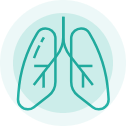
Lower-respiratory tract infection (e.g., pneumonia)

Exacerbation of congestive heart failure (CHF)

Exacerbations of asthma or chronic obstructive pulmonary disease (COPD)
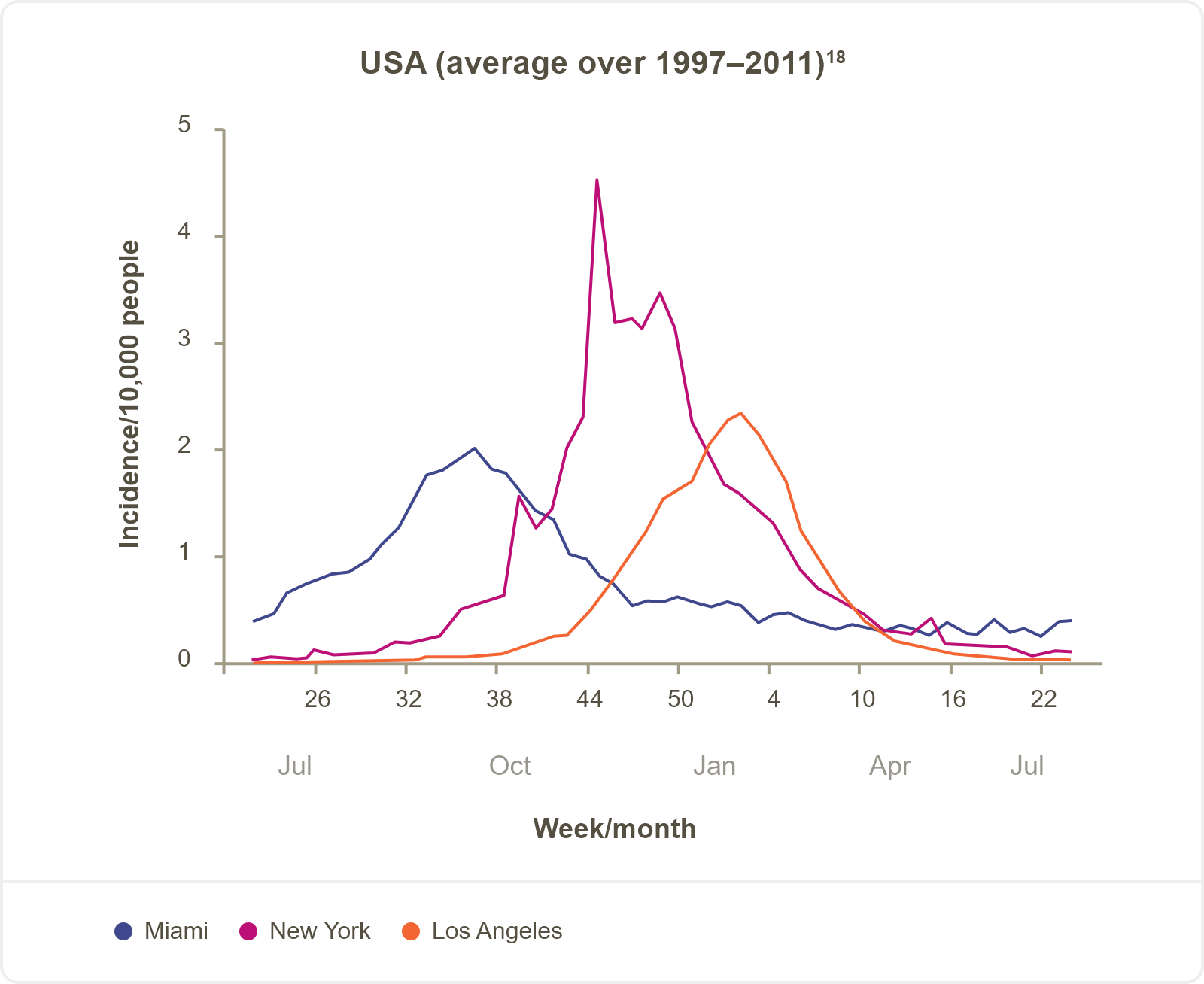
Graph above was reproduced from Baker RE et al.Nat Commun 2019, under a Creative Commons Attribution License (https://creativecommons.org/licenses/by/4.0/)
Neutrophils and eosinophils contribute to RSV pathogenesis20
RSV replicates almost exclusively in apical ciliated epithelial cells20
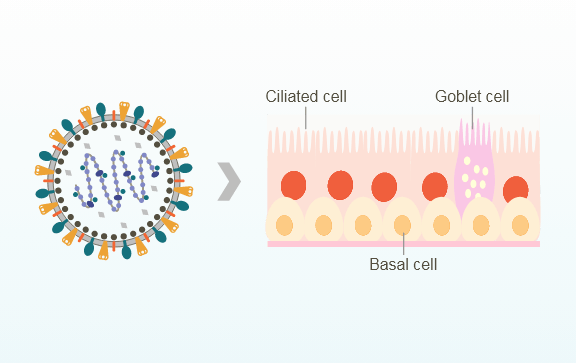
RSV causes a neutrophil-intensive inflammation of the airways.
The degree of inflammation correlates with severity of infection.
Lower airway obstructions are caused by cellular inclusions consisting of mucus, DNA, and cell debris that mainly derives from this neutrophil infiltration20

RSV infection can also be accompanied by eosinophilia, which is particularly marked in the most severe cases.20
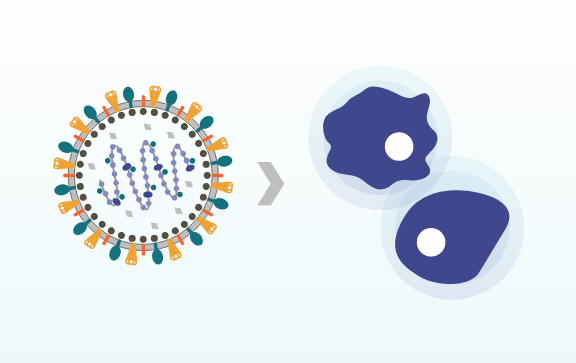
Humoral and cell-mediated immune responses are necessary to clear RSV infection20-22
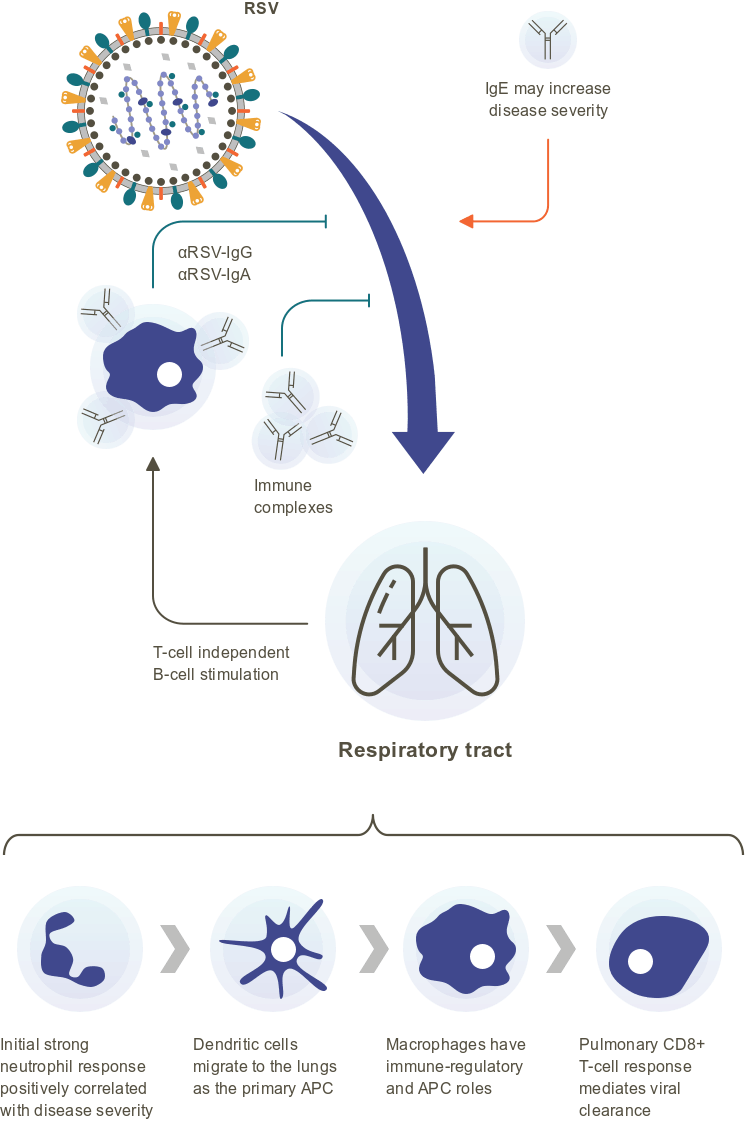
Neutralizing antibodies (nAbs) help prevent RSV infection through the inhibition of viral replication. nAbs inhibit the entry and spread of RSV in the human airway epithelium.22
RSV specific T-cell response reduces disease severity through promotion of viral clearance22
APC = antigen-presenting cell; CD8+ T cell = cytotoxic T cell; IgA/E/G = immunoglobulin A/E/G.
Republished with permission of American Society for Microbiology, from Russell CD et al. Clin Microbiol Rev 2017;30:481–502.
Learn more about RSV disease and its burden in adults:
Abbreviations
COPD, chronic obstructive pulmonary disorder; CHF, congestive heart failure; DNA, deoxyribonucleic acid; LRTI, lower respiratory tract infection; RSV, respiratory syncytial virus; URTI, upper respiratory tract infection
References
- Walsh EE. Clin Chest Med 2017;38:29–36.
- Nair H et al. Lancet 2010;375:1545–1555.
- CDC, 2020. RSV in infants and young children. https://www.cdc.gov/rsv/high-risk/infants-young-children.html. Accessed July 2022.
- Graham BS. Immunol Rev 2011;239:149–166.
- Anderson LJ et al. Vaccine 2013;31S:B209–B215.
- CDC, 2020. RSV in older adults and adults with chronic medical conditions. https://www.cdc.gov/rsv/high-risk/older-adults.html. Accessed July 2022.
- McLellan JS et al. Curr Top Microbiol Immunol 2013;372:83–104.
- Graham BS et al.Curr Opin Immunol 2015;35:30–38.
- Mejias A et al. Ann Allergy Asthma Immunol 2020;125:363–346
- Tian J et al. J Gen Virol 2013;94:1691–1700.
- Battles MB, McLellan JS. Nat Rev Microbiol 2019;17:233–245.
- CDC, 2018. RSV transmission. https://www.cdc.gov/rsv/about/transmission.html. Accessed July 2022.
- Barr R et al.Ther Adv Infect Dis 2019;6:1–9.
- Heikkinen T et al. Open Forum Infect Dis 2015;2:ofu118.
- CDC, 2018. RSV – For Healthcare Providers. https://www.cdc.gov/rsv/clinical/index.html. Accessed July 2022.
- Henrickson KJ, et al. Pediatr Infect Dis J. 2007:26:S36-S40.
- Baker RE et al. Nat Commun 2019;10:5512.
- Obando-Pacheco P et al.J Infect Dis 2018;217:1356–1364
- Griffiths C et al. Clin Microbiol Rev 2017;30:277–319.
- Russell CD et al. Clin Microbiol Rev 2017;30:481–502.
- Openshaw PJM et al. Annu Rev Immunol. 2017 Apr 26;35:501-532.






